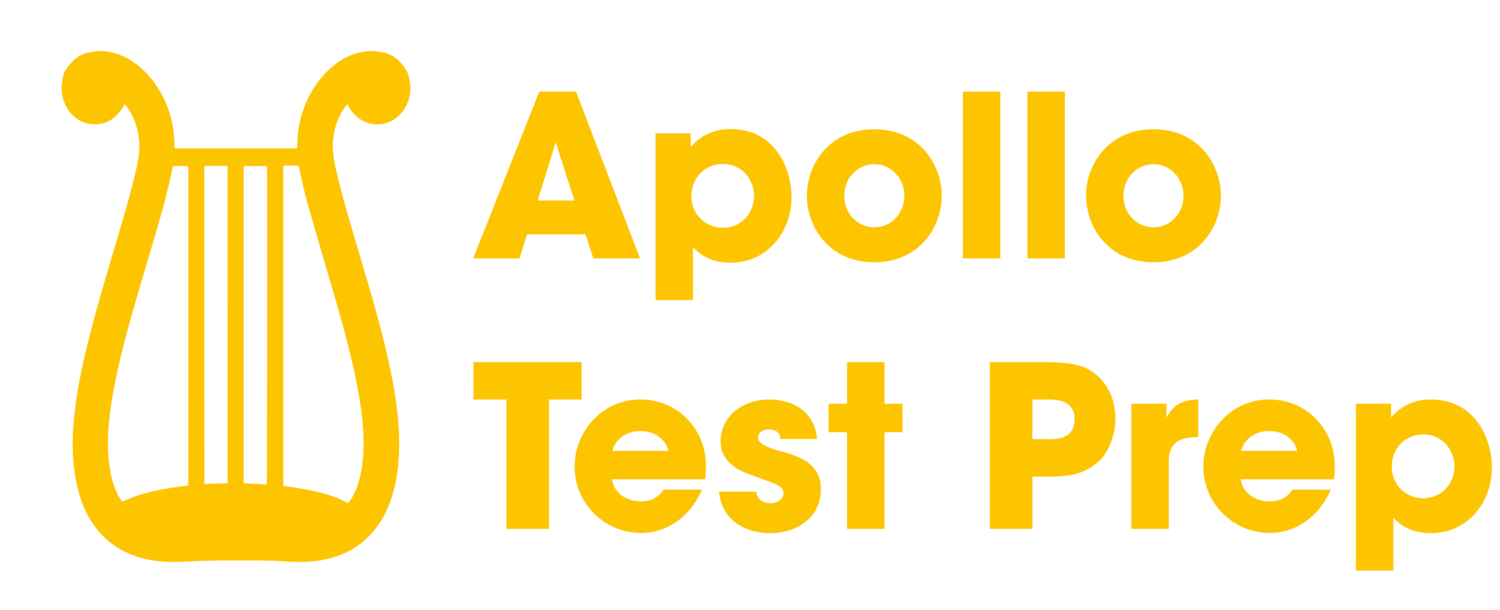LSAT Explanation PT 42, S4, Q4: Columnist: Donating items to charity may
LSAT Question Stem
Which one of the following most accurately describes a flaw in the columnist's argument?
Logical Reasoning Question Type
This is a Flaw question.
Correct Answer
The correct answer to this question is C.
LSAT Question Complete Explanation
Let's first analyze the argument in the passage. The columnist claims that donating to charity may be a sign of generosity, but the generosity it demonstrates is rarely a permanent virtue because most donors make donations only intermittently. The structure of the argument is as follows:
Premise: Donating to charity may be a sign of generosity.
Premise: Most donors make donations only intermittently.
Conclusion: Any generosity donating demonstrates is rarely a permanent virtue.
To help understand this argument, let's use a simple example. Imagine a person who occasionally helps their neighbor carry groceries. This action could be considered generous, but according to the columnist, the generosity is not a permanent virtue because the person only helps intermittently.
An "Evaluate" question for this argument could be: "Can a person be considered generous even when they are not actively donating?"
Now, let's identify the question type and discuss the answer choices. The question type is a Flaw question, which asks us to identify the flaw in the columnist's argument. The correct answer is C.
a) The argument takes for granted that truly generous people are the most virtuous.
- This answer choice is incorrect because the argument does not discuss or compare the virtue of generous people to others. It only talks about the permanence of the virtue of generosity in donors.
b) The argument attacks the character of those whose values are different from those of the columnist.
- This answer choice is incorrect because the argument does not attack the character of people with different values. It only discusses the permanence of the virtue of generosity in donors.
c) The argument takes for granted that a character trait is present only when manifested.
- This answer choice is correct. The flaw in the argument is that it assumes a person can only be considered generous when they are actively donating. However, it is possible for a person to be generous even when they are not actively donating.
d) The argument generalizes from too small a sample of cases.
- This answer choice is incorrect because the argument does not mention a specific sample size. It talks about "most donors," which implies a large group of people.
e) The argument takes for granted that most people donate out of generosity.
- This answer choice is incorrect because the argument does not assume that most people donate out of generosity. The argument only states that donating to charity may be a sign of generosity, not that most donations are made out of generosity.
In summary, the flaw in the columnist's argument is that it assumes a person can only be considered generous when they are actively donating, which is not necessarily true. Answer choice C accurately describes this flaw.
